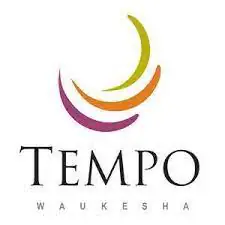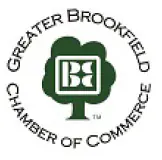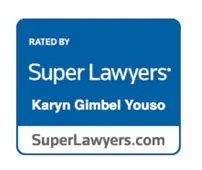When you think about getting divorced, images of a dramatic courtroom showdown with your ex may come to mind. However, most divorce cases never make it to trial.
This is because it is usually in the best interest of everyone involved to agree, rather than leave major decisions about their lives up to a court. One option that can minimize conflict is the Collaborative Divorce model.
What is Collaborative Divorce?
A Collaborative Divorce allows parties to be cooperative with one another and attempt to peacefully resolve their differences keeping in mind the needs of the entire family. Couples who choose to follow this model are open to information the other may need, and commit to being solution-focused during the process.
With the help of professionals from different disciplines, each side can identify what is important to them and work together to develop fair and mutually beneficial terms.

Collaborative Divorce – The Process
Deciding to have a Collaborative Divorce essentially means that you and your former partner want to end your marriage cooperatively while taking a holistic perspective. The process typically begins with everyone entering into a participation agreement. This document sets out the expectations of the process and the parties’ commitment to working together.
The agreement also establishes that if a collaborative settlement cannot be reached, each person’s attorney will withdraw from the case so the parties may proceed with new counsel to litigation.
You and your collaborative attorney will work closely with the other side to identify the right professionals to assist you during the case. The kinds of professionals you may involve will depend on your circumstances. For instance, you may need a financial specialist/neutral to help you both better understand financial matters.
It may also allow for each person to meet with a collaborative “coach” to assist with the complex emotions of divorce. Likewise, a child specialist/neutral may be involved to talk with the children and give feedback about their feelings, giving them a voice in the process, and providing insight to parents about their children’s feelings so they can make more informed choices for them. Some models involve facilitators who manage to schedule or run meetings to make the process more efficient.
Once you and your former spouse have met with the right people, your attorneys will work with you to present the information and try to help you reach agreements as to your issues. After you have worked out the terms, they will be put in a written document which you both will sign and will later be presented to the court.
Although the process is focused on being cooperative and fair to the whole family, divorce is still hard. However, hopefully, by using a non-adversarial approach and gaining insight during your Collaborative Divorce, you and your former partner will be able to end your marriage on more positive terms.










